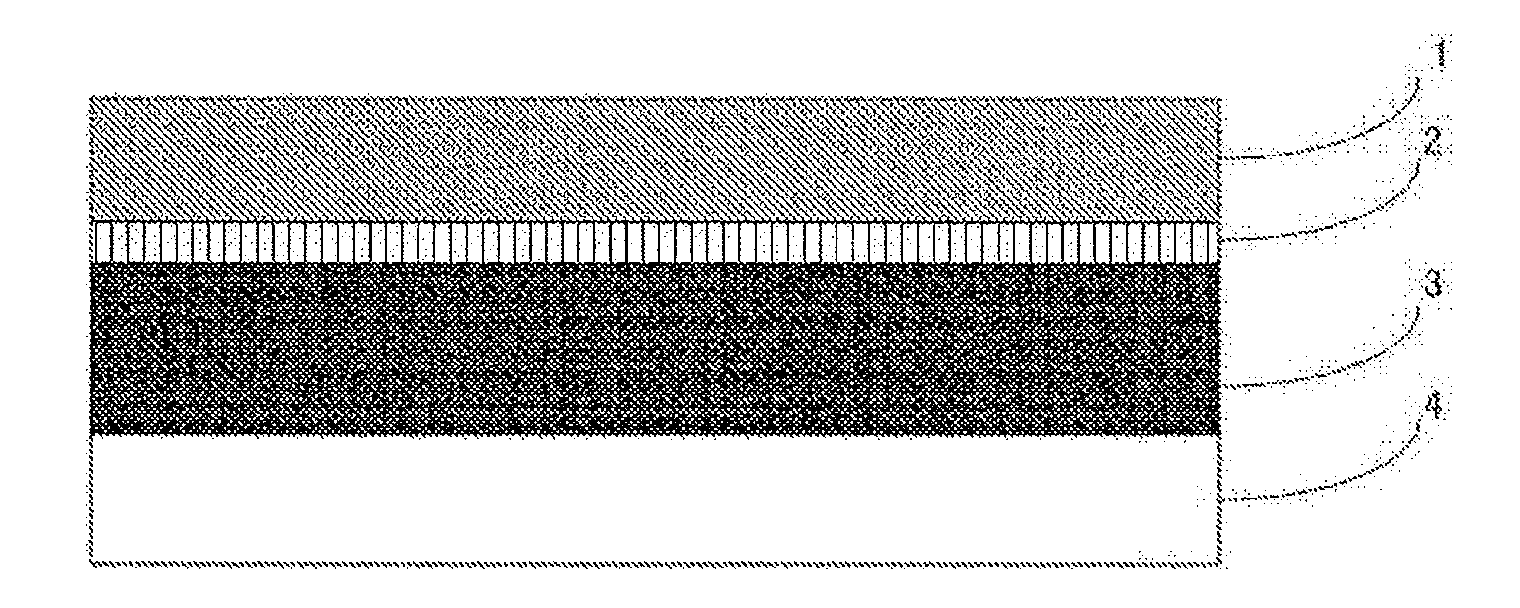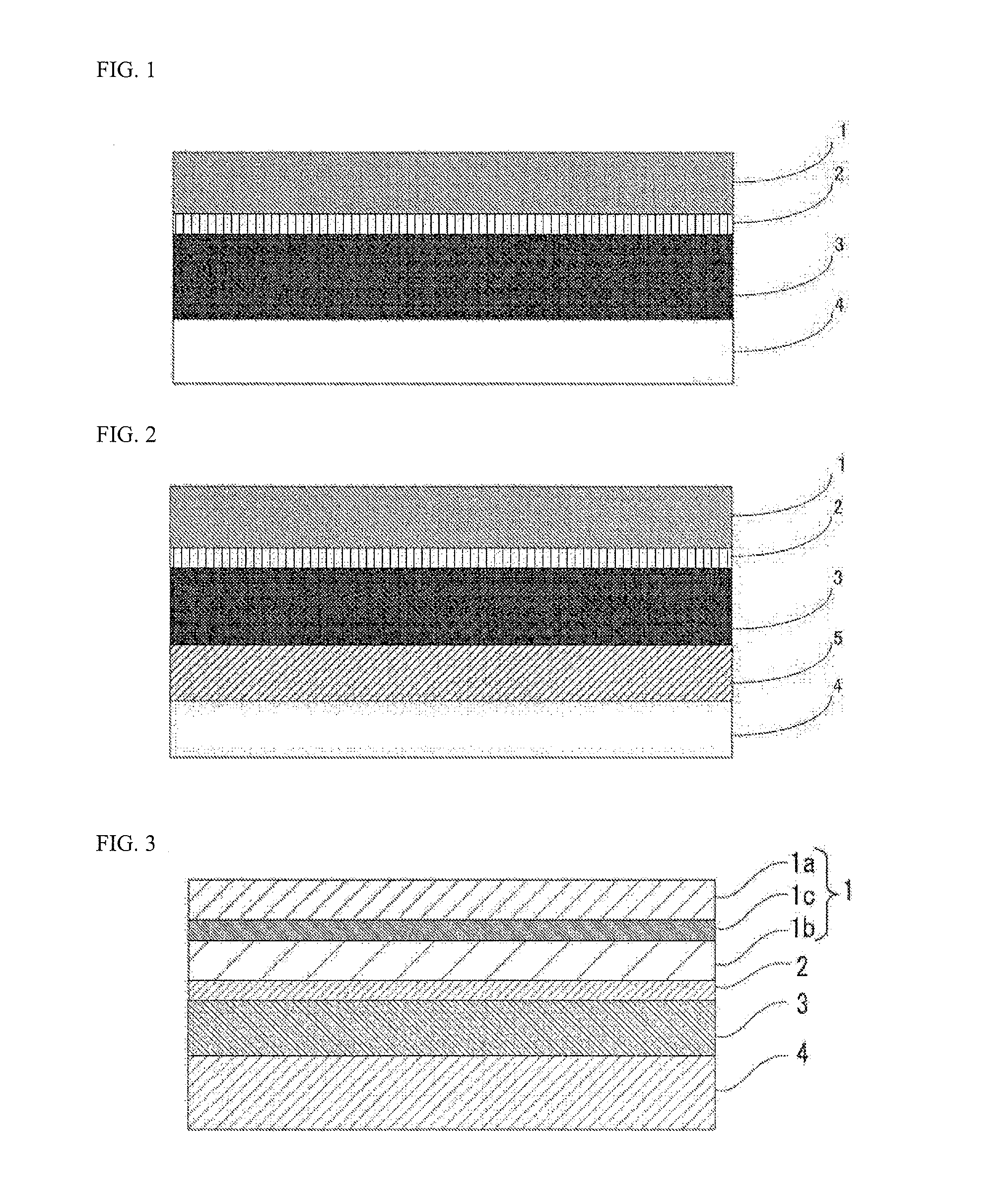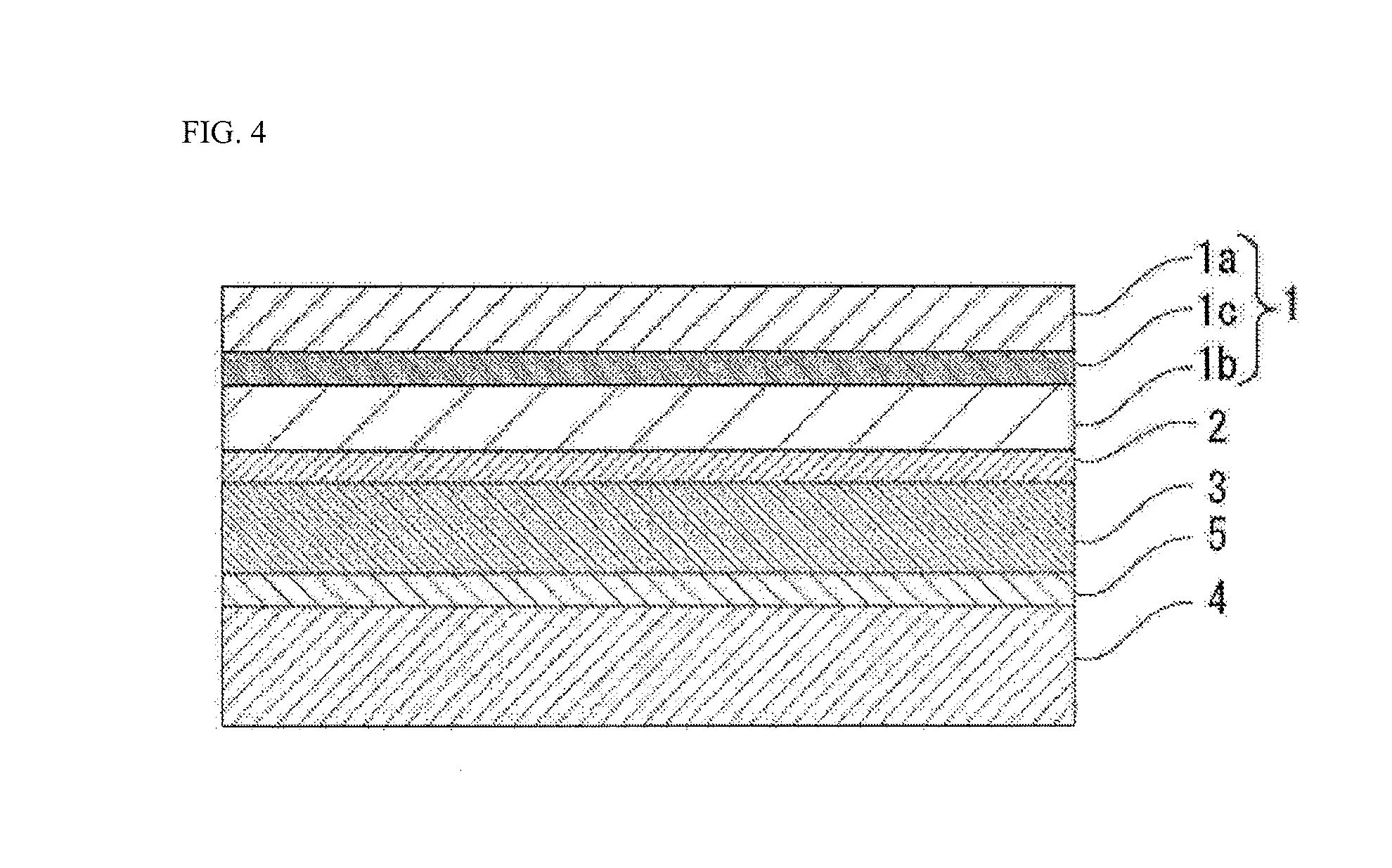Battery-packaging material
- Summary
- Abstract
- Description
- Claims
- Application Information
AI Technical Summary
Benefits of technology
Problems solved by technology
Method used
Image
Examples
examples
[0113]The first aspect and the second aspect of the present invention will be described in detail below by showing examples and comparative examples. It is to be noted that the present invention is not limited to examples.
[0114]A battery packaging material including a laminate with a base material layer 1, an adhesive layer 2, a metal layer 3, an adhesive layer 5 and a sealant layer 4 laminated in this order was produced by laminating the adhesive layer 5 and the sealant layer 4 by a thermal lamination method to a laminate with the base material layer 1, the adhesive layer 2 and the metal layer 3 laminated in this order. Details of conditions for producing the battery packaging material are as shown below.
PUM
| Property | Measurement | Unit |
|---|---|---|
| Fraction | aaaaa | aaaaa |
| Fraction | aaaaa | aaaaa |
| Thickness | aaaaa | aaaaa |
Abstract
Description
Claims
Application Information
 Login to View More
Login to View More - R&D
- Intellectual Property
- Life Sciences
- Materials
- Tech Scout
- Unparalleled Data Quality
- Higher Quality Content
- 60% Fewer Hallucinations
Browse by: Latest US Patents, China's latest patents, Technical Efficacy Thesaurus, Application Domain, Technology Topic, Popular Technical Reports.
© 2025 PatSnap. All rights reserved.Legal|Privacy policy|Modern Slavery Act Transparency Statement|Sitemap|About US| Contact US: help@patsnap.com



